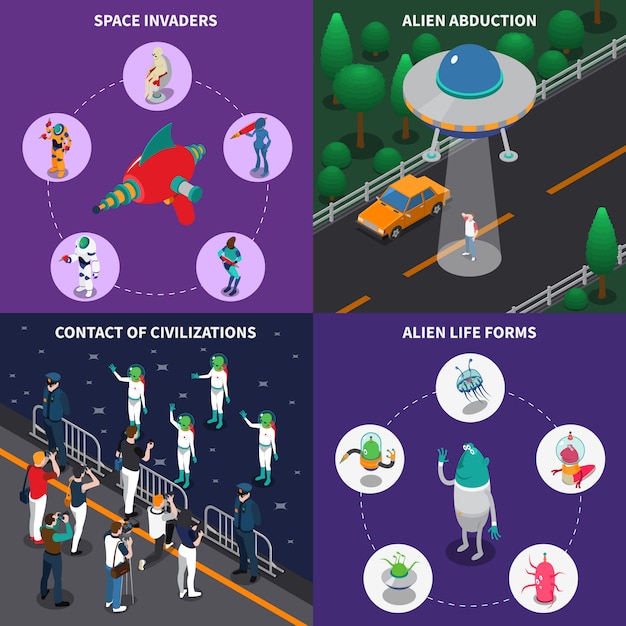Continental’s Cutting-Edge Cameras and Sensors Combat Aquaplaning Hazards

Continental is working on new technology to warn drivers about the risk of aquaplaning, where cars lose traction on wet roads. They’re combining data from surround-view cameras and sensors inside the tires to create an early warning system for drivers.
The goal is to give drivers enough time to react before the front wheels start to float, potentially losing control of the vehicle. Not only does this system help the driver, but it can also alert other nearby vehicles to be cautious of the dangerous road conditions.
Continental’s new system, called the Road Condition Observer, classifies road conditions to monitor the tire-road friction, whether it’s dry, icy, snowy, or wet. This is crucial because bad weather conditions often result in accidents due to slippery roads.
Aquaplaning is particularly dangerous for both manually driven and automated vehicles because the water pressure between the tire and the road can make the front wheels lose contact, making braking and steering impossible.
“Car drivers have a hard time judging wet road conditions,” explains Bernd Hartmann, who heads the ADAS and tire interactions segment at Continental. “If you feel your car starting to float, it’s already too late. Our new system detects the early signs of aquaplaning and alerts the driver, helping them adjust their speed in time.”
The system covers everything from the tires and sensors to the cameras and algorithms. It aims to predict and manage the risk of aquaplaning by using the data to give early warnings. These warnings are based on signals from the cameras and ETIS (Electronic Tire Information System) sensors, which are mounted inside the tires.
Continental is also exploring ways to control and stabilize vehicles when aquaplaning occurs, like applying brakes to individual wheels (torque vectoring).
Even in sudden aquaplaning situations where a warning isn’t possible, the system can communicate with other vehicles through V2X technology. This means one car can act as a safety sensor and warn other vehicles on the road, helping them adjust their driving to avoid potential danger.
The cameras in the side mirrors, grille, and rear of the car capture and analyze specific splash patterns from the tires when they encounter a lot of water. “Excessive water splashing creates a distinctive pattern that the cameras recognize as aquaplaning,” says Hartmann. During testing, their wetness recognition algorithms could accurately predict potential aquaplaning conditions.
Apart from the camera data, the system also uses information from the tire sensors. Signals from these sensors, mounted inside the tire, are analyzed to detect the risk of aquaplaning. Andreas Wolf, head of Continental’s body and security business unit, explains that the sensors’ accelerometer identifies specific patterns that indicate aquaplaning, allowing the system to process real-time data on the tire’s contact with the road.